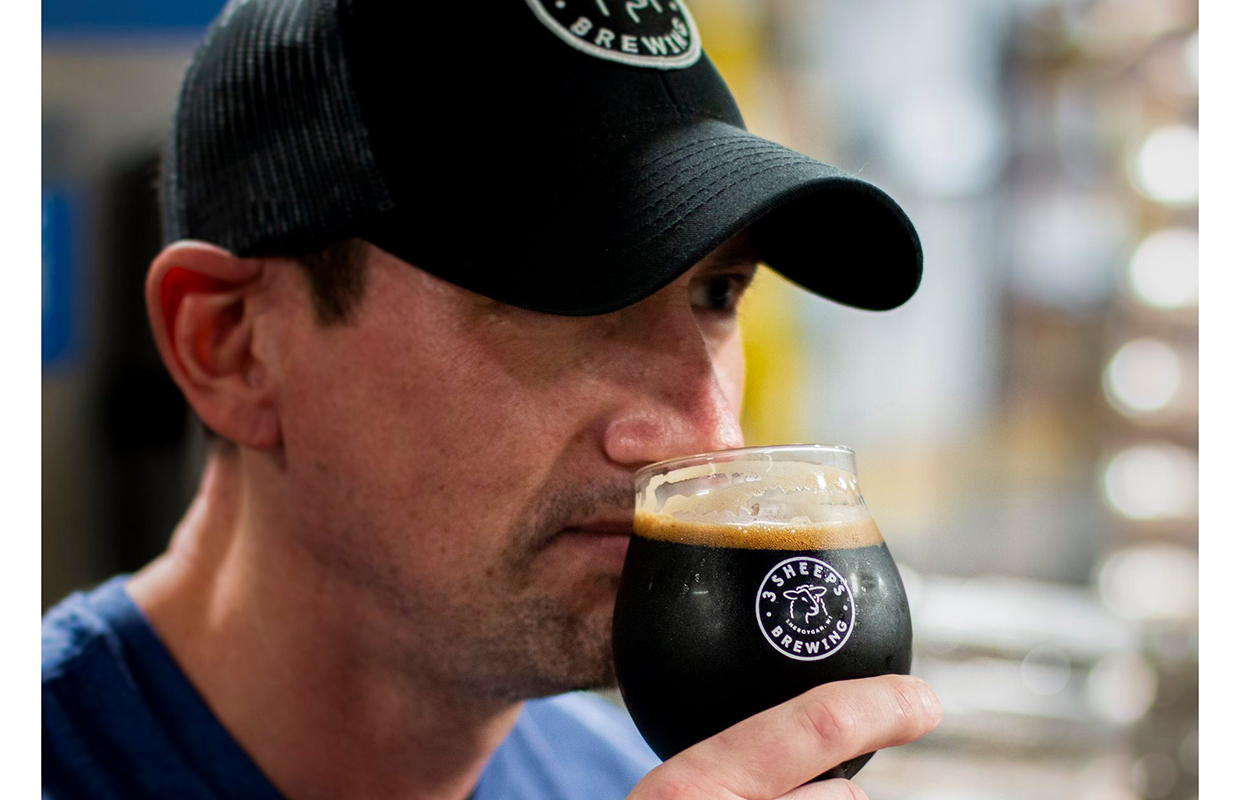
Hop Atomica didn’t set out to redefine the business model for small breweries, but adding a distillery into the mix has done exactly that.
What started as a passion project brewing beer in Savannah has become a multi-pronged model that blends production, hospitality, and customer experience into one evolving operation. For co-founder Smith Matthews — who was a part of the start of Southbound Brewing — this shift wasn’t about chasing trends, it was about adapting to a wider audience and a leaner, more sustainable structure.
“Not everybody drinks craft beer, right? But most people drink spirits,” Matthews said.
That simple insight was a turning point. Initially running Hop Atomica as a brewery-only venue, the team realized they were losing potential customers. The issue wasn’t because of the beer quality, but because of the drinker’s preference. Adding distilling allowed them to widen the tent.
“You might have a spirits drinker and a beer drinker come in,” he said. “Now we can serve both.”
Legal flexibility under Georgia’s manufacturing tier laws allowed the company to pursue distilling without crossing into the more regulated retail tier.
That regulatory headroom gave Hop Atomica the freedom to build out a true craft cocktail program and begin bottling spirits for on-site retail sales. Matthews credits the crossover between brewing and distilling for making the transition surprisingly approachable.
“There’s a lot of crossover with brewing,” he said. “We’re brewers, we know processes. You can get pretty close your first time.”
While large-scale brewing operations carry a certain appeal (Matthews called his old 30-barrel, four-vessel system “cool” and full of “gizmos and gadgets” in the cover story interview), he’s quick to point out that overhead and complexity erode the payoff.
In contrast, the brewpub-plus-distillery model has offered better margin efficiency and greater flexibility.
“The margins here are so much better,” he said. “The parts are smaller and cheaper … and easier to fix.”
Still, the move into distilling wasn’t just about equipment and recipes. It required a fundamental shift in thinking.
READ MORE: A Side Hustle No More: Smith Mathews Sees Growth Through Hop Atomica’s Business Model
“We just had to develop our restaurateur skills on the fly without screwing it up,” Matthews said. That meant curating a consistent bar program, building seasonal cocktails, and investing in staff with a culinary mindset, including a head brewer who also forages for botanicals to create seasonally inspired gins.
For breweries considering a similar expansion, Matthews offers a candid insight: this model isn’t for everyone.
“Most classic brewers don’t want to deal with kitchen staff or bar staff,” he said. “They just want to make beer and hang out.”
But for those willing to learn fast, hire smart, and put hospitality front and center, distilling might just be the next step toward a more resilient future.






Be the first to comment